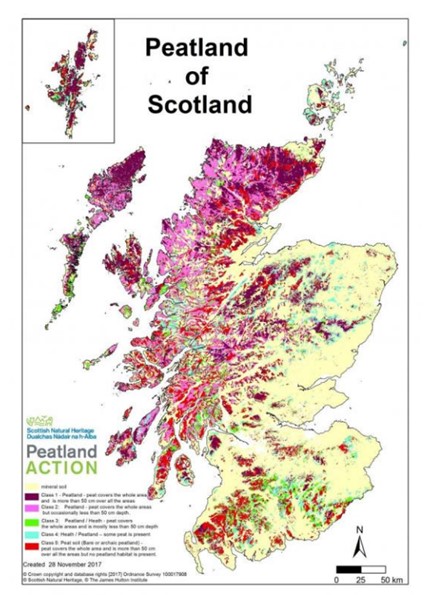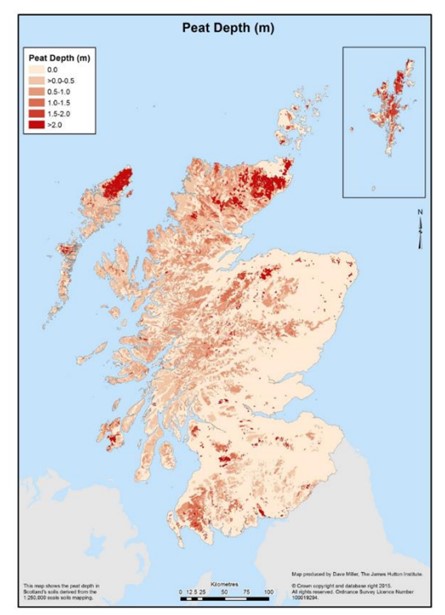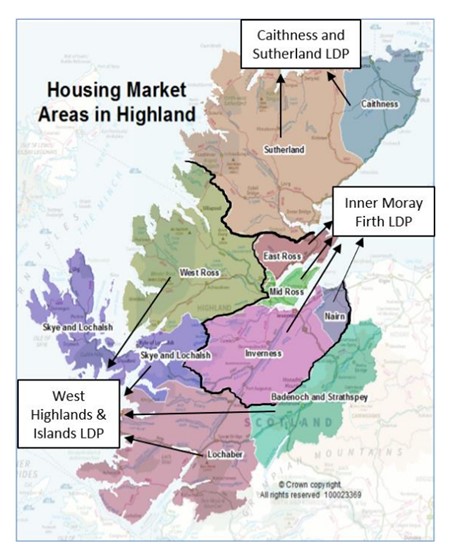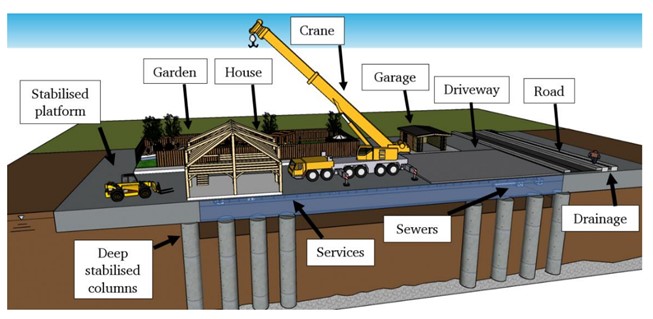CoP
Housing Construction on Peatland. Opening up Opportunities and Minimising Disruption through Innovation – Feasibility of Proposed Solutions



This project was funded by Built Environment - Smarter Transformation, BE-ST, (formerly Construction Scotland Innovation Centre, CSIC) between June 2020 and March 2021. It was led by my colleague Dr John McDougall, whilst most of the work was performed by Dr Juan Bernal-Sanchez. Additional collaborators included Prof. Gabi Medero from Heriot Watt University, and Donald Cook (formerly at COWI).

The economic development and social resilience of communities in rural Scotland is being hampered by a shortage of affordable housing. Nationally, about 23,000 new homes per year are needed, whilst in the year up to October 2018, only 18,000 were built (BBC, 2019). The remoter rural areas of Scotland are spacious enough to offer considerable scope for affordable housing development and generally have lower land values but other factors including challenging ground conditions, notably peat, can make development in these areas economically unviable and environmentally unsustainable.
Scottish peatlands are predominantly blanket bogs, the largest of which are found in the Highlands and Western Isles. Around 20% of Scotland’s land surface area is covered by blanket bogs alone, which in turn is about 15% of the global total for this habitat (Bruneau and Johnson, 2014). In response to the shortage of affordable housing and the incidence of peat soils, this project sought to:
- Identify the scale of the shortage,
- Recognise the significance of construction on the peat from a multidisciplinary standpoint,
- Compare, existing and innovative options for foundation design on peat, so as to lessen the magnitude of the construction challenge.